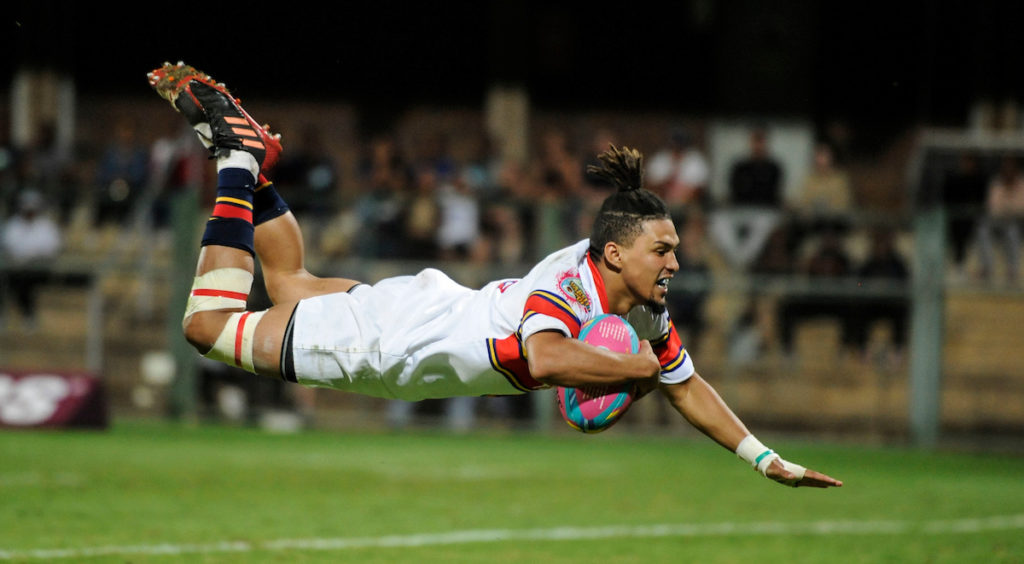The golden product so desperately sought after by Varsity Cup organisers is hidden not in the future, but the past, writes ZELIM NEL.
The radio playlist is packed with ‘modern’ songs that are remixes of old hits, and current fashion trends are inevitably a knock-off of something that was hip and happening back when your folks used phrases like “hip and happening”.
The 2022 Varsity Cup came to a thrilling, some would say controversial, climax on Monday night, but while that competition has led a long and well-publicised expedition to find undiscovered rugby worlds, like many pioneers that went before them they’ve wandered into the proverbial jungle and been mauled by a tiger.
Point-of-origin tries have been a disaster, as evidenced by rampant confusion and even some results having to be changed well after the final whistle.
The reason for these and other such fails comes down to the fundamental misconception that, in rugby, incentivising positive play will result in positive play. Nothing could be further from the truth.
Every attempt to gallantly promote one thing in the game immediately incentivises the opposing team’s desire to shut it down.
Years ago, World Rugby’s attempts to produce quick ball and more incisive attack by tweaking the breakdown in favour of the attacking team were nullified by defences opting out of the tackle-point contest and stocking the line with tacklers that negated the full benefit of rapid recycles.
Years before that, the laws attempted to ‘create space’ by drawing defenders into the breakdown with the promise of an opportunity to get their hands on the ball. Indeed, there were fewer defenders in the line but the ‘space’ was worthless because the attacking backs spent most of the match watching fetchers hawk the ball.
Promoting the scoring of tries is a sure way to achieve the opposite result. The solution is to incentivise the alternative.
Defence coaches spend far more of their lives hatching plans to stop attackers from scoring tries than they do trying to limit the number of shots at their own goals.
The two objectives are intertwined but I think you understand the point – when the option is concede a try or concede a shot at goal, defence coaches don’t have to think before they answer, and that’s because a try costs five points (potentially seven) as opposed to a three-point penalty.
Consider how the defensive plan would change if, say, a try was worth nothing and a penalty was 10 points.
Getting back to where we started, there is nothing new about the fashionable issues in today’s game that weren’t contemplated long ago. In fact, you could argue that trying to manufacture the contest is how rugby got itself into this mess in the first place.
It will surprise many die-hard rugby fans to learn that it’s called a ‘try’ because, originally, dotting the ball down gave the scoring team nothing more than a ‘try’ to kick at goal. That’s right, tries were worth zilch.
According to one historical archive: “In October 1886, a points system was introduced which followed the Cheltenham college system. Three for a goal and one for a try. But if a try was converted, three points were awarded for the conversion (goal) which replaced the one point awarded for the try … a converted try was three points.”
Penalties remained more or equally as costly as a try right up until 1971, but it wasn’t until 1992 when a converted try was made to be worth more than two successful penalty goals. It’s been downhill ever since.
Among other retrogrades that are needed, reducing the value of a try would give the Varsity Cup a point of difference (pun intended), and this time for all the right reasons.
ALSO READ: Fort Hare’s Varsity Shield fairytale gives Border hope





